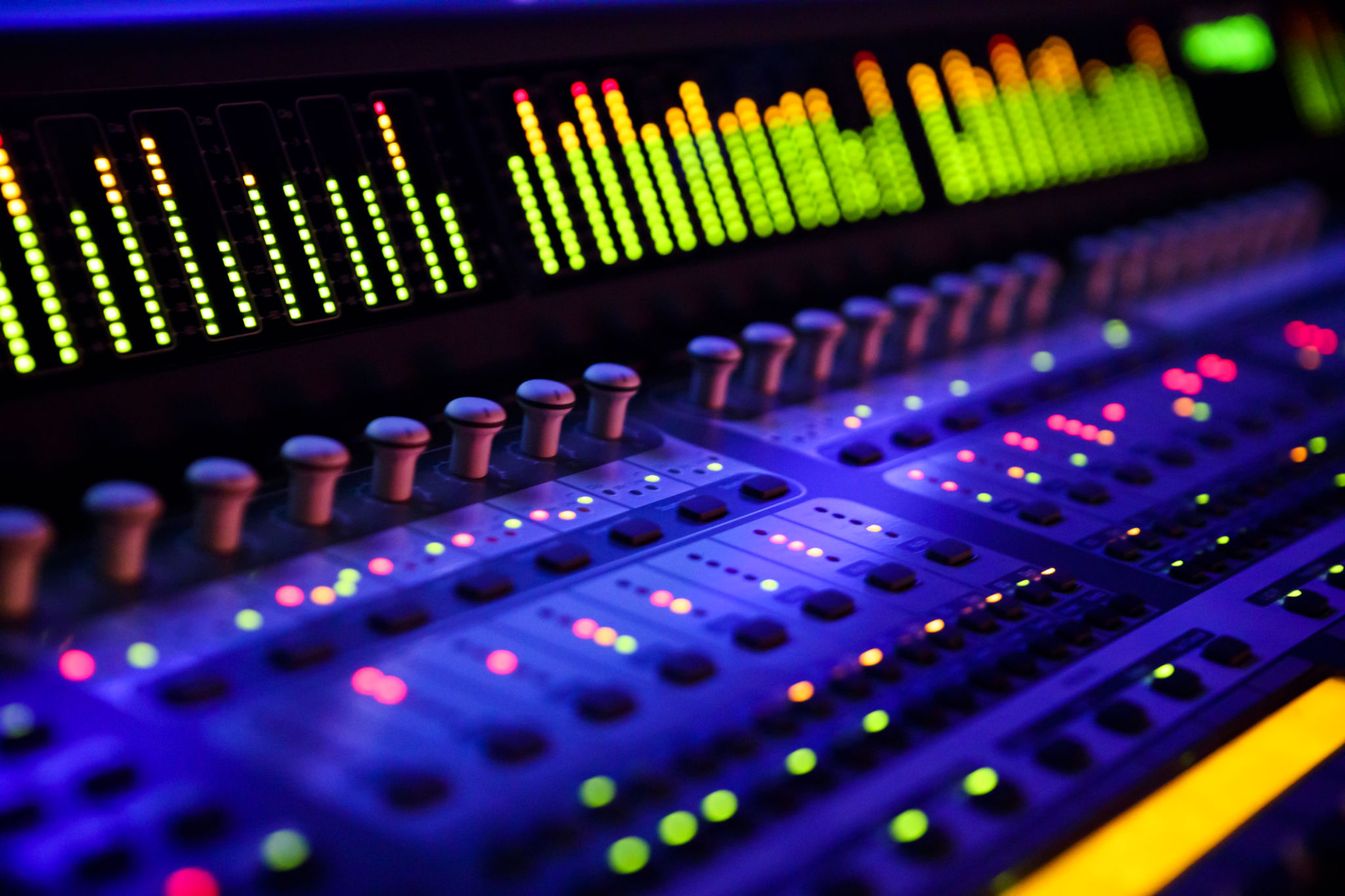Mastering Audio Production: Tips from a UK-Based Music Production Studio
Understanding the Basics of Audio Production
Whether you're a budding musician or an aspiring audio engineer, mastering the art of audio production is essential to creating high-quality music. The process involves understanding sound recording, mixing, and mastering. By grasping the basics, you can lay a solid foundation for more advanced techniques.
Audio production starts with capturing sound using microphones and audio interfaces. It's crucial to choose the right equipment that suits your music style and production needs. Quality recordings are the cornerstone of excellent production.

Essential Tools and Equipment
A successful music production studio relies on a few key pieces of equipment. At the heart of any studio is the digital audio workstation (DAW). This software allows you to record, edit, and mix your music efficiently. Popular DAWs include Logic Pro X, Ableton Live, and Pro Tools.
In addition to a reliable DAW, investing in high-quality studio monitors and headphones is critical. These tools enable you to accurately hear the nuances in your recordings, ensuring every detail is polished.

Microphone Selection
Choosing the right microphone is an art in itself. Different microphones capture sound in unique ways. For example, condenser mics are ideal for vocals and acoustic instruments, while dynamic mics are better suited for louder sources like drums and electric guitar amps.
Techniques for Effective Mixing
Mixing is where the magic happens in audio production. It involves balancing the levels of various tracks, applying effects, and ensuring that each element of the song is cohesive. Here are some tips to enhance your mixing skills:
- Use EQ: Equalization helps to carve out space for each instrument in the mix, making it easier to hear each element distinctly.
- Balance Levels: Ensure that no track overwhelms others by carefully adjusting volume levels.
- Add Effects Sparingly: Reverb and delay can enhance a mix but should be used judiciously to avoid muddiness.
Panning for Depth
Panning is a technique used to give your mix a sense of space and depth. By placing different instruments at various points in the stereo field, you can create a more immersive listening experience. Experiment with panning to find the perfect balance for your tracks.

Mastering Your Tracks
Once your mix is polished, it's time to move on to mastering. This final step ensures that your track sounds great on all playback systems. Mastering involves adjusting overall volume levels, applying compression, and fine-tuning EQ settings to enhance the track's clarity and punch.
It's often beneficial to work with a professional mastering engineer who can bring an objective ear to your project. However, with practice, you can develop the skills needed to master your own tracks effectively.
The Importance of Acoustic Treatment
An often overlooked aspect of audio production is the acoustic environment. Proper acoustic treatment in your studio can make a significant difference in the quality of your recordings and mixes. By minimizing reflections and controlling sound absorption, you create a cleaner listening environment.

Continuous Learning and Experimentation
The world of audio production is ever-evolving, with new tools and techniques emerging regularly. Stay updated by attending workshops, reading industry publications, and experimenting with new methods in your own studio. Remember, every project is an opportunity to learn and refine your skills.
Final Thoughts
Mastering audio production requires dedication, practice, and a keen ear for detail. By understanding the fundamentals and embracing continuous learning, you can elevate your music production skills to professional levels. Whether you're producing tracks for yourself or other artists, these tips from a UK-based studio will help you achieve outstanding results.
